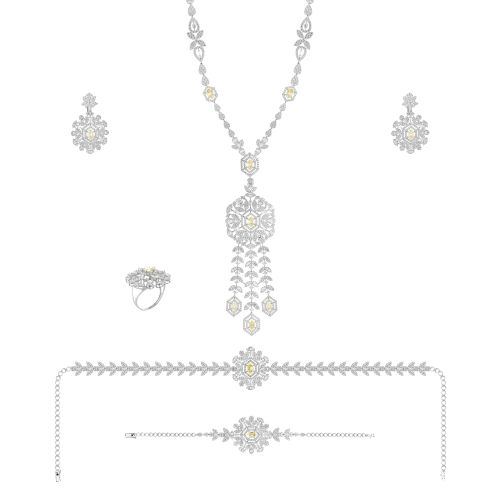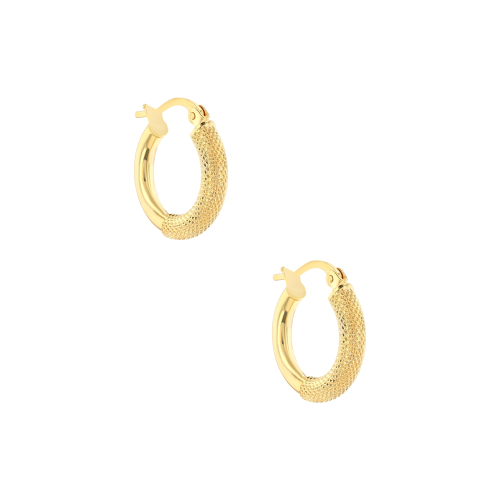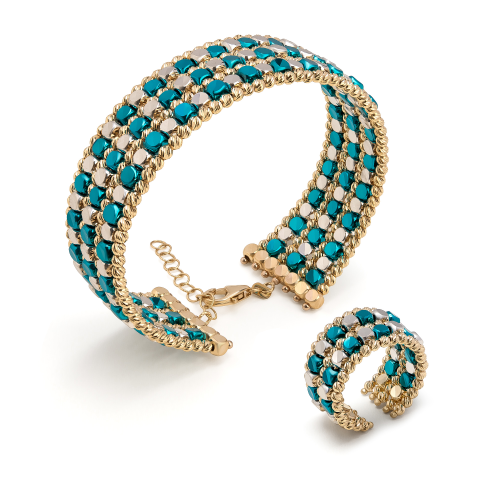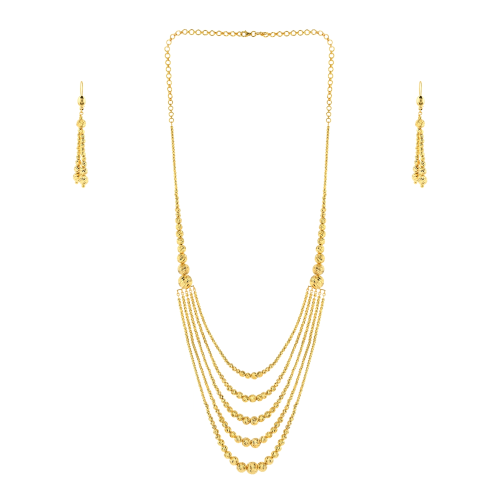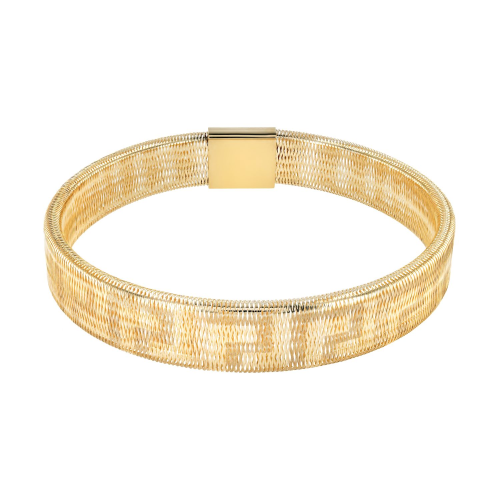Ancient Tombs & Gold

Gold & jewellery have been in people’s life since ever, and for different purposes. However, some civilizations had a great concept of jewellery & gold, similar to how we view jewellery today. For these ancient civilizations, jewellery was a way to show off, ornament your body and show your status, whether financially or socially. For example, wedding rings have been used to determine the marital status of the ring-wearer. Likewise, diamond jewellery, such as earrings or necklaces, determines the financial status of its wearer. This has been carried on till our days.
So, Who are The Most Noticeable Ancient Nations Who had Their Unique Touch on Jewellery & Gold?
It is weird enough to say that ancient civilisations' tombs and burial cemeteries were our main sources to understand how these nations appreciated gold & jewellery. We can say that there are two fascinating excavations that occurred at the same time that revealed terrific facts about the importance of gold and jewellery for human beings even over 4000 ago.
The first interesting discovery was the tomb of the Sumerian queen Pu-Abi who lived in Ur, the Sumerian city. Her tomb was discovered by the British archaeologist C. Leonard Woolley who led a ten-year excavation campaign to uncover the mysterious life of Sumerians.
Woolley found Pu-Abi's tomb in a very fine condition. The tomb had large belongings of precious metals, among other exciting belongings, such as human sacrifices of the people who served the queen.
The queen's body itself was a treasure. She had a headdress on her head. This hair jewellery had a gold wreath with 20 gold leaves, two strings of lapis lazuli and carnelian, and a large gold comb.
In addition to the gold headdress, she wore chokers, necklaces, and large lunate-shaped earrings, all of which were gold and embellished with lapis lazuli& carnelian.
Not only did the queen wear lavish jewellery of gold and precious gemstone, but her attendants and servants also wore gold jewellery as well.
The discovery of the queen Pu-Abi's tomb revealed the developed jewellery items in Sumer. It proved the theory that the Sumerians might be the first people who had worked in jewellery making and goldsmith. They even had a highly developed way of jewellery making.
The second exciting tomb that Egyptologist Howard Carter discovered belongs to King Tutankhamun. Just like the Pu-Abi tomb, this tomb was found perfectly fine.
The young king was buried inside three coffins where the innermost tomb was of solid gold. The king’s head was covered by a gold mask, and there were different pieces of jewellery lying over the body and within the layers of the coffins. The most iconic piece of jewellery was the necklaces featuring Horus Eye. Many jewellery items, such as earrings, necklaces, diadems, etc., were found inside his tomb. Also, there were vessels and other belongings of gold and other precious stones.
In fact, it was not only Tutankhamun’s grave that had gold items and gold jewellery. All other kings and royal family members had the same, if not even more lavish decoration. But the weird thing about Tutankhamun’s tomb was the face gold mask.
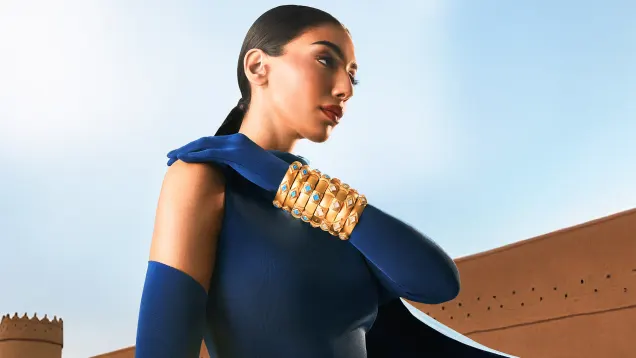
Our Promise
Fast shipping
Receive your jewelry in maximum 3 days.
Return guaranteed
Requesting a return is quick and easy.
Ethical Sourcing
Ethically Sourced Materials
Payments
Buy in the most convenient way for you.

